The same gift for naturalistic representation that made Giovanni Battista Moroni the preeminent portrait painter of his generation in northern Italy obscured his reputation in later centuries, with his critics arguing that his work lacked the imagination of contemporaries such as Titian. Bringing together more than 20 portraits, the first major US show on the artist reveals the important innovations Moroni brought to the genre, anticipating both the realism of Caravaggio and the narrative portraits of Rembrandt. Find out more from the Frick’s website.
Preview the exhibition below | See Apollo’s Picks of the Week here
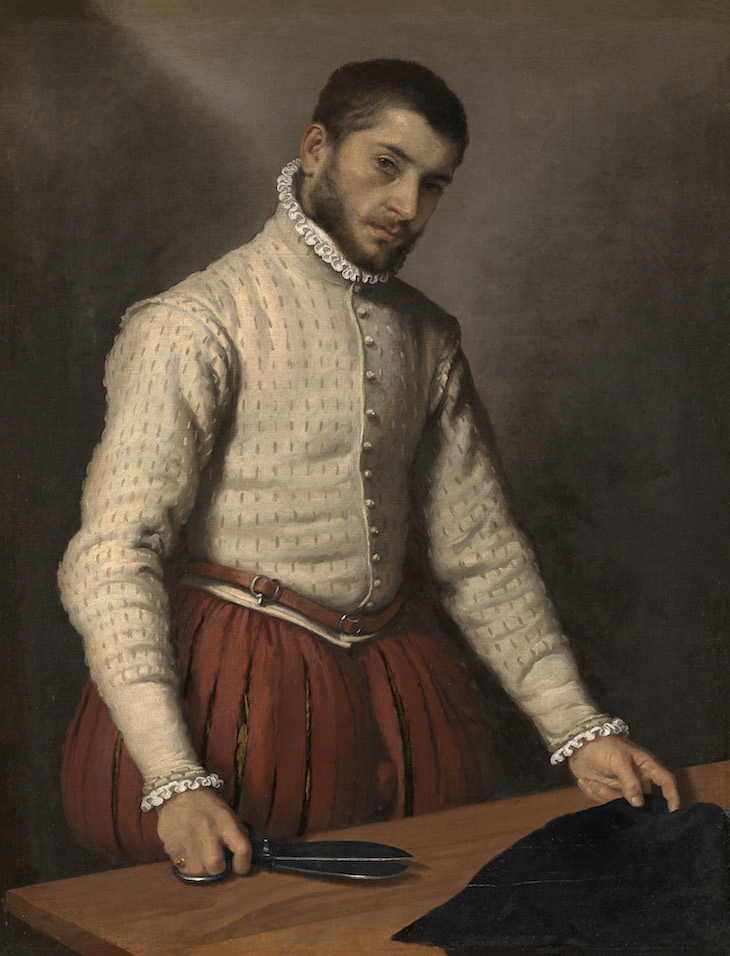
The Tailor (c. 1570), Giovanni Battista Moroni. National Gallery, London
Moroni’s most famous portrait is shrouded in mystery. The subject – a tailor, in the midst of work – is unusual in 16th-century Italian art; scholars are divided as to whether Moroni’s dignified depiction of the young, finely dressed man, whose identity is unknown, represents an attempt to level class distinctions.
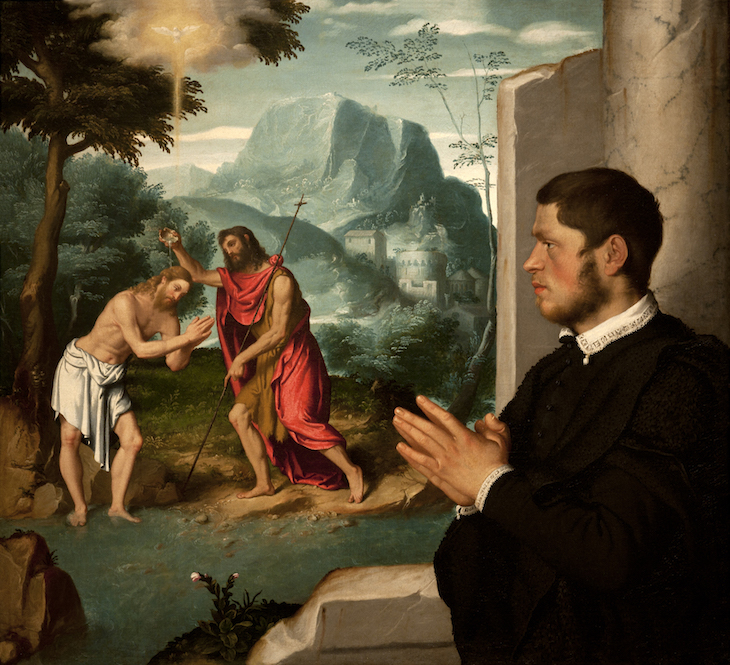
Gentleman in Contemplation of the Baptism of Christ (mid 1550s), Giovanni Battista Moroni. Etro Collection
Moroni is also credited with the invention of a new genre, the ‘sacred portrait’. It derives from an earlier tradition – donor portraits, in which nobles were inserted into a religious scene; his innovation was to make the contemporary sitter the main focus of the image, with the religious action occurring behind them. Here, the gentleman seen in profile is separated from the scene of Christ’s baptism behind him by a ruined wall, and casts his gaze directly ahead of them – as though to suggest that we are viewing the biblical scene through the prism of his imagination.

Isotta Brembati (c. 1555–56), Giovanni Battista Moroni. Photo: Fondazione Museo di Palazzo Moroni, Bergamo
Above all, Moroni was admired in his day for his ritrate di naturale (‘portraits from life’), which capture the features and expressions of his sitters with uncanny realism. He also paid meticulous attention to materials, as attested by the varied textures of the poet Isotta Brembati’s accoutrements in this painting. Moroni does not highlight Brembati’s literary reputation, instead emphasising her material wealth.
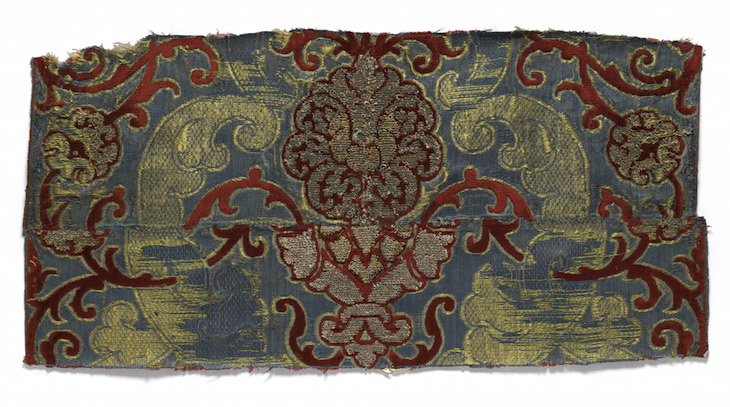
Fragment of brocaded velvet (16th century), Italy or Spain. Photo: Metropolitan Museum of Art, New York/Art Resource, NY
The exhibition also features rare examples of textiles and luxury items from the 16th century. These are intended both to emphasise Moroni’s attention to detail, but also to reveal his imaginative manipulation of what he saw. Compared with the stitching here, the pattern of Brembati’s brocade dress increases in scale as it flows to the floor, emphasising the sumptuousness of the material and the design.



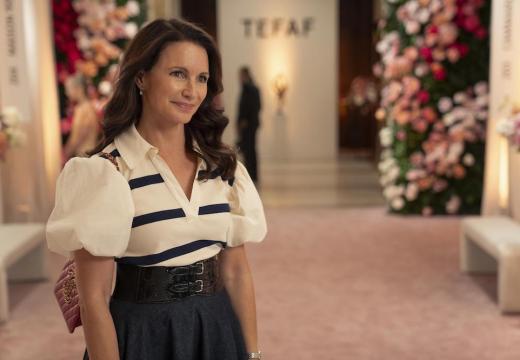



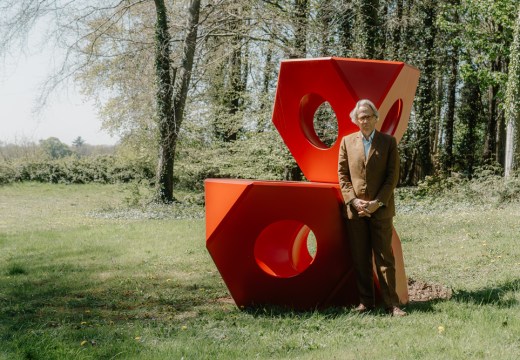



![Masterpiece [Re]discovery 2022. Photo: Ben Fisher Photography, courtesy of Masterpiece London](https://apollo-magazine.com/wp-content/uploads/2022/07/MPL2022_4263.jpg)
‘A revolutionary flame burned bright within him’: David Bindman (1940–2025)